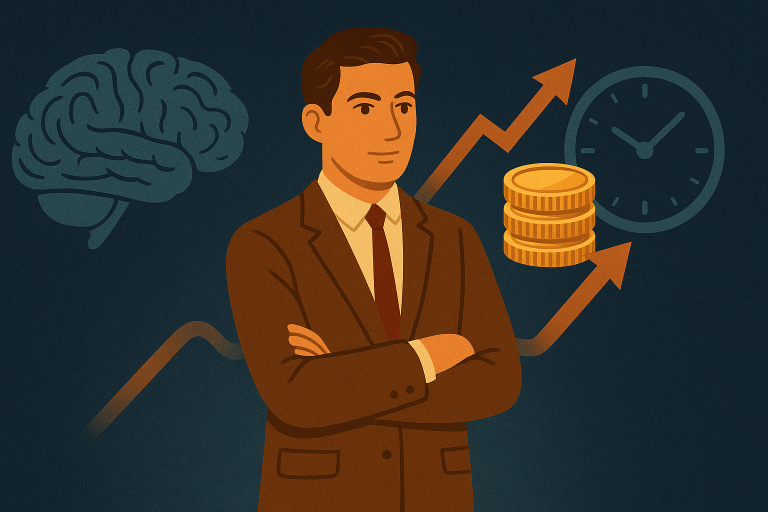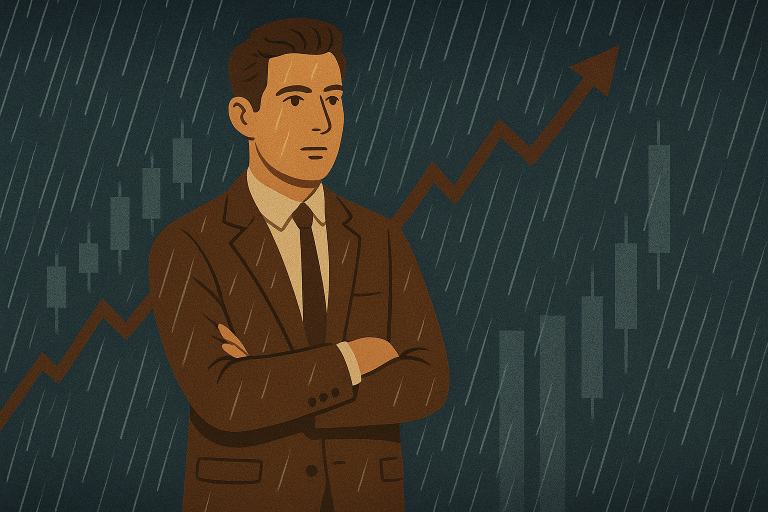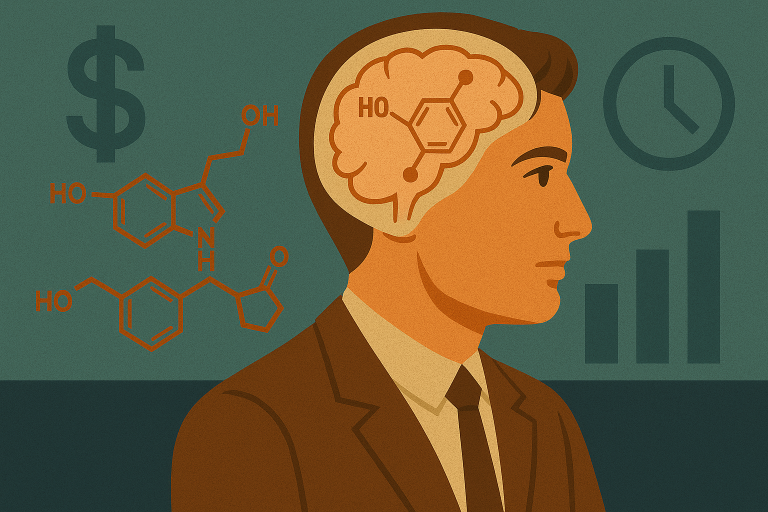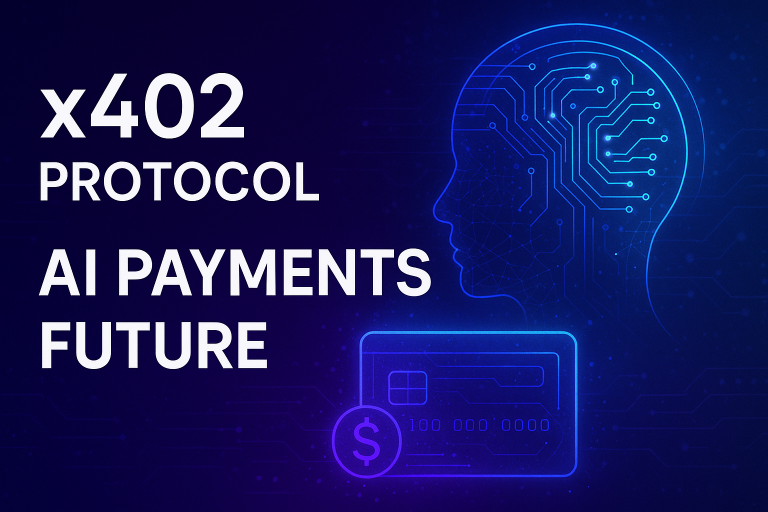The Neurochemistry of Investing: Mastering Your Biological Responses
Human decision-making remains fundamentally governed by brain chemistry. We assume logical, strategic, rational actions—yet every “buy” or “sell” decision, each panic or greed sensation represents chemistry flowing within us. This biological reality explains crowd predictability.
The Dopamine Trap in Market Behavior
Most market errors originate from dopamine—the rapid reward anticipation hormone. Price appreciation triggers dopamine surges, making brains crave repetition. New projects, hyped coins, others’ success stories—dopamine drives pursuit. Yet dopamine contains inherent traps: it never satisfies. Regardless of profit amounts, it persistently whispers: “Insufficient. Take more. Risk further.” Crowds exist within this chemical cycle—explaining consistent crowd failure.
The Cortisol Crisis
Dopamine merely begins cycles. Cortisol—stress hormone—follows. It activates when prices move against positions, markets decline, or poor entry timing becomes apparent. Cortisol narrows thinking: during panic, humans focus exclusively on survival. This explains majority selling at bottoms—not from “broken markets” but from broken personal chemistry.
Neurochemical Cycle in Investing
- Dopamine: Reward anticipation driving impulsive buying
- Cortisol: Stress response causing panic selling
- Adrenaline: Short-term energy for speculative bursts
- Endorphins: Long-term satisfaction from discipline
- Serotonin: Stability and confidence from consistent strategy
The Adrenaline Illusion
Adrenaline enters subsequently. Brief moments provide power—some catch spikes, attempt shorting, or leverage trading. Yet adrenaline serves short sprint fuel. It burns organisms out. Distance performance suffers. This explains speculators’ rapid burnout despite occasional wins.
The Long-Term Investor’s Chemical Advantage
Crucially, long-term investors learn completing full cycles. Beyond dopamine, cortisol, and adrenaline emerge different chemical systems—those providing distance strength. Endorphins and serotonin. Endorphins represent internal endurance rewards. They activate when overcoming difficulties without surrender. Like marathon-completing athletes, investors receive endorphins not from single “lucky days” but from multi-year strategic fidelity.
The Serotonin Foundation
Serotonin establishes foundations. It delivers calmness and confidence. Serotonin represents status and stability chemistry. When independent from market chaos, when strategies function properly, when capital grows across time—brains stop demanding instant gratification. You begin experiencing stability, internal strength, and control. This transcends emotional spikes—becoming profound correct-path sensations.
The Oxytocin Connection
Oxytocin rarely receives investment mentions, yet it builds trust and connections. When communities develop around you, when experience sharing occurs, when your path inspires others—oxytocin transforms financial journeys into meaningful components. It makes investing not merely personal matters but life aspects providing purpose.
Complete body chemistry cycles represent complete investor cycles. Crowds stagnate in initial stages: dopamine, cortisol, adrenaline. This explains crowd burnout. Long-term investors progress further: reaching endurance endorphins, confidence serotonin, and trust oxytocin. This explains their continued participation.
The secret emerges: markets concern not just money—they mirror our biology. If you can complete full cycles, if you teach brains celebrating stable growth rather than quick spikes, you’ll eventually join victors. Don’t seek economic risks. Don’t blame market enemies. Genuine challenges reside internally. If you can manage your chemistry, you can manage your future. The most successful investment strategy ultimately involves mastering the neurochemical investor within—transforming biological responses from liabilities into strategic advantages through awareness and disciplined practice.




